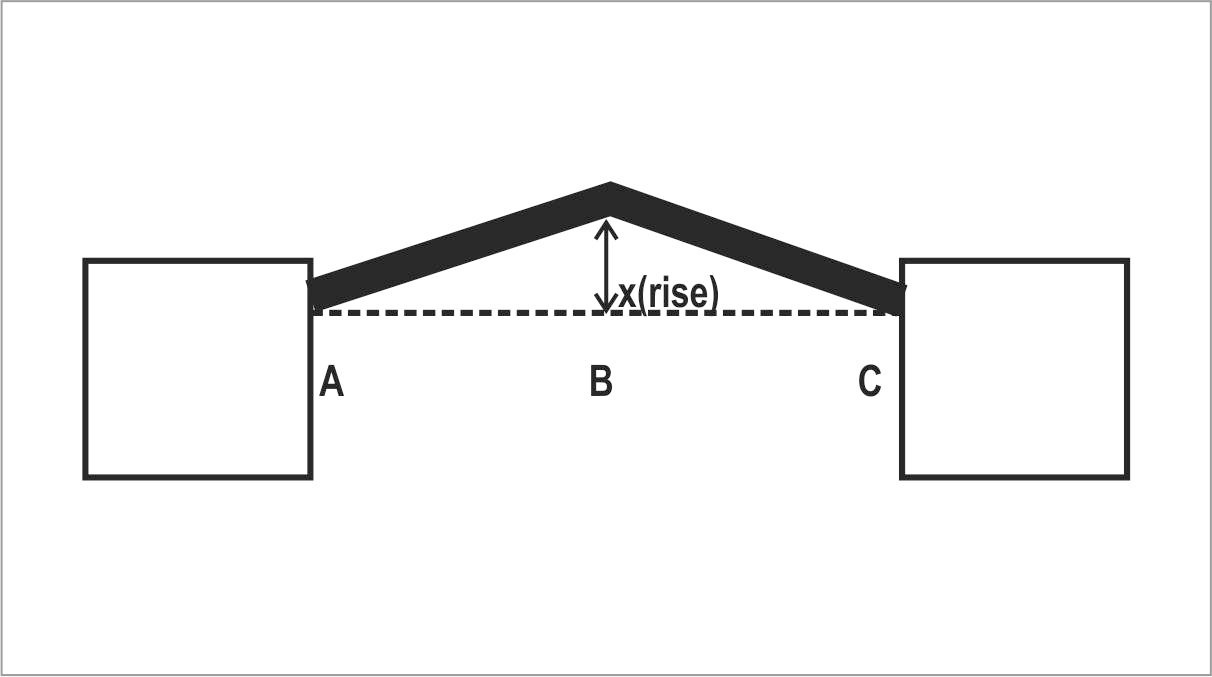Question
Question: A bar with a crack at its center buckles as a result of temperature rise of \[32{\text{ }}^\circ {\t...
A bar with a crack at its center buckles as a result of temperature rise of 32 ∘C. If the fixed distance L0 is 3.77 m and the coefficient of linear expansion of the bar is 25×10−6∘C−1, then the rise x of the center is-
A) 5.5×10−2m
B) 6.5×10−2m
C) 7.5×10−2m
D) 8.5×10−2m
Solution
In this question, the concept of the linear expansion will be used. The ratio of increment of length to the original length with the rise of 1 degree in temperature is called coefficient of linear expansion.
Complete step by step answer:
As we know that the linear expansion is that phenomenon in which the object expands due to certain reasons only in one direction. The ratio of increment of length to the original length with the rise of 1 degree in temperature is called coefficient of linear expansion. According to the question the diagram should look like this-

Here after the buckling phenomenon occurs the condition looks like the following,

From the above diagram it is clear that as buckling was even as the end supports were considered fixed in nature hence,
BC=2L0
⇒BC=23.77=1.885m
Now, using formula ΔI=2L0αΔT we get
⇒ΔI=1.885×25×10−6×32
⇒ΔI=1.508×10−3m
Now, as we know that AB=2L0+ΔI
⇒AB=1.885+1.508×10−3
After simplification, we get
⇒AB=1.886508m
By using, Pythagoras’ theorem we get
AB2=BC2+x2
Now, we substitute the values in the above expression as,
⇒(1.886508)2=(1.885)2+x2
Simplifying the above expression and obtain,
⇒x2=(1.886508)2−(1.885)2=0.00568743406
After simplification we get,
∴x=0.07541≈7.5×10−2m
Thus, the correct option is C.
Note: Buckling is a phenomenon which occurs when there is a sudden change in the shape, or we can say there is deformation of a body under load. Buckling can occur in elongated bodies such as columns as well as on 2D structures such as on plates. These linear expansions are not really visible to the naked eye during the process. Hence these standard mathematical formulae can be applied. Here we have also considered that the side walls are static, and no expansion has taken place through them. We should also remember that there is a difference between bending and buckling.
